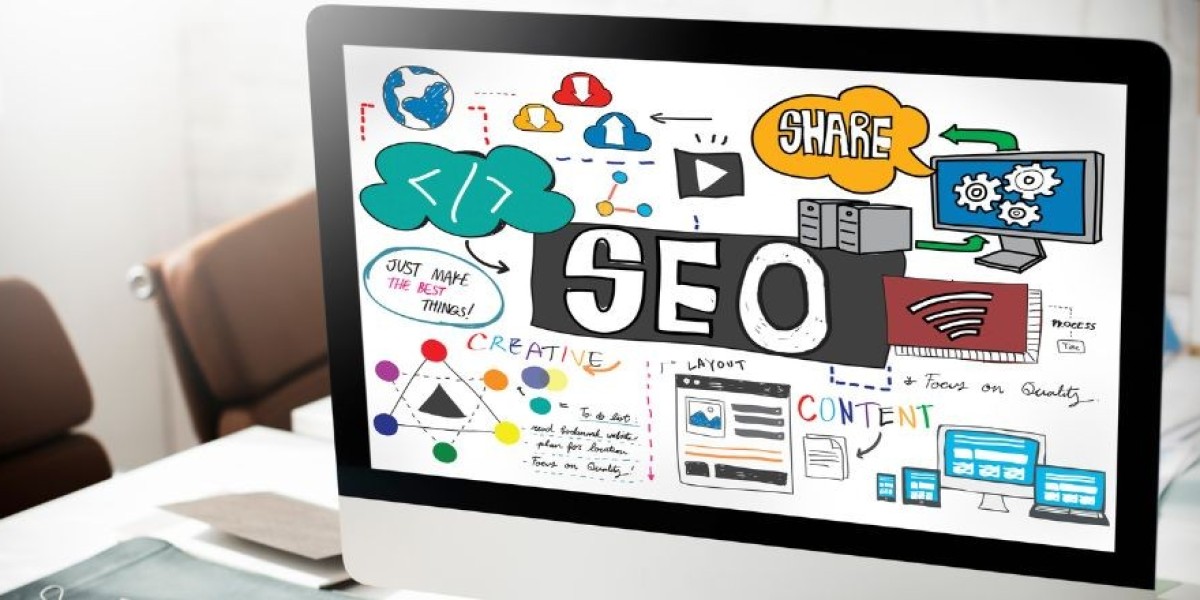Botox has revolutionized the beauty industry since its introduction, becoming one of the most popular non-surgical cosmetic procedures worldwide. Originally used for medical purposes, Botox's ability to reduce the appearance of wrinkles and fine lines has made it a staple in aesthetic treatments. This article explores the journey of Botox, its impact on the beauty industry, its various applications, and the future trends shaping its role in cosmetic enhancements.
The Evolution of Botox:
Medical Beginnings: Botox, derived from botulinum toxin type A, was initially developed for medical use. In the late 1970s and early 1980s, it was used to treat conditions such as strabismus (crossed eyes) and blepharospasm (uncontrolled blinking).Botox Injections in Islamabad Its cosmetic potential was discovered accidentally when patients noticed an improvement in their facial wrinkles.
FDA Approval: In 2002, the U.S. Food and Drug Administration (FDA) approved Botox for cosmetic use, specifically for the temporary reduction of moderate to severe frown lines between the eyebrows (glabellar lines). Since then, its applications have expanded significantly.
Impact on the Beauty Industry:
Popularity and Accessibility: Botox has become synonymous with non-invasive cosmetic procedures. Its popularity can be attributed to several factors:
Quick Results: Botox treatments are fast, often completed in less than 30 minutes, with minimal downtime.
Effective and Reliable: Botox consistently delivers visible improvements, making it a reliable choice for many seeking aesthetic enhancements.
Affordable: Compared to surgical options, Botox is relatively affordable, making it accessible to a broader audience.
Shifting Beauty Standards: The rise of Botox has influenced modern beauty standards, emphasizing a more youthful, refreshed appearance. It has become a go-to treatment for those looking to maintain a smooth and wrinkle-free complexion without undergoing surgery.
Diverse Applications: Botox is now used to address various cosmetic concerns, including:
Forehead Lines: Reducing horizontal lines on the forehead.
Crow’s Feet: Smoothing fine lines around the eyes.
Brow Lift: Lifting and shaping the eyebrows for a more youthful look.
Lip Lines: Minimizing fine lines around the mouth.
Neck Bands: Softening the appearance of vertical neck lines.
Medical and Therapeutic Uses:
Beyond its cosmetic applications, Botox is also used for several medical and therapeutic purposes:
Chronic Migraines: Botox injections can help reduce the frequency and severity of migraines.
Hyperhidrosis: Botox is effective in treating excessive sweating, particularly in the underarms, hands, and feet.
Muscle Spasms: It can relieve muscle stiffness and spasms in conditions such as cervical dystonia and spasticity in patients with cerebral palsy.
Bladder Control: Botox is used to treat overactive bladder and urinary incontinence.
The Procedure and Patient Experience:
Consultation: A thorough consultation with a qualified healthcare provider is essential. During this consultation, the provider will:
Assess Concerns: Evaluate the patient’s facial structure and areas of concern.
Discuss Goals: Understand the patient’s desired outcomes.
Review Medical History: Ensure the patient is a suitable candidate for Botox.
Set Expectations: Explain the procedure, expected results, and potential side effects.
Injection Process:
Preparation: The treatment area is cleansed, and a topical anesthetic may be applied.
Injection: Using a fine needle, small amounts of Botox are injected into the targeted muscles. The number of injections depends on the treatment area and individual needs.
Aftercare: Patients are advised to avoid strenuous activity, lying down, or massaging the treated area for a few hours post-treatment.
Results and Maintenance:
Initial Results: Visible improvements are typically seen within 3 to 5 days, with full results in about 1 to 2 weeks.
Duration: The effects of Botox last about 3 to 6 months. Regular maintenance treatments are recommended to sustain results.
Future Trends in Botox and Aesthetic Treatments:
Advances in Techniques: Continual advancements in injection techniques are improving the precision and effectiveness of Botox treatments. Microdosing and personalized treatment plans are becoming more common, allowing for more natural-looking results.
Combination Therapies: Combining Botox with other treatments, such as dermal fillers, chemical peels, and laser therapy, is gaining popularity. These combination approaches can address multiple signs of aging and enhance overall results.
Broader Acceptance: Botox is becoming increasingly accepted across different demographics, including younger individuals seeking preventative treatments and men looking to maintain a youthful appearance.
New Applications: Ongoing research is exploring new applications for Botox in both cosmetic and medical fields. Potential new uses include treatments for depression, acne, and even weight management.
Ethical Considerations:
Choosing a Qualified Provider: Ensuring Botox injections are administered by a licensed and experienced healthcare professional is crucial for safety and optimal results.
Informed Consent: Patients should be fully informed about the procedure, potential risks, and expected outcomes. Transparent communication between provider and patient is essential.
Realistic Expectations: Setting realistic expectations is important. While Botox can provide significant improvements, it is not a permanent solution, and maintenance treatments are necessary.
Conclusion:
Botox has firmly established its role in the beauty industry, offering a non-surgical, effective solution for reducing wrinkles and enhancing facial aesthetics. Its impact extends beyond cosmetics, with valuable applications in various medical treatments. As techniques advance and acceptance grows, Botox will continue to shape beauty standards and provide innovative solutions for both aesthetic and therapeutic needs. Balancing beauty and wellness through informed choices and ethical practices ensures that Botox remains a safe and beneficial tool in the quest for youthful vitality.







